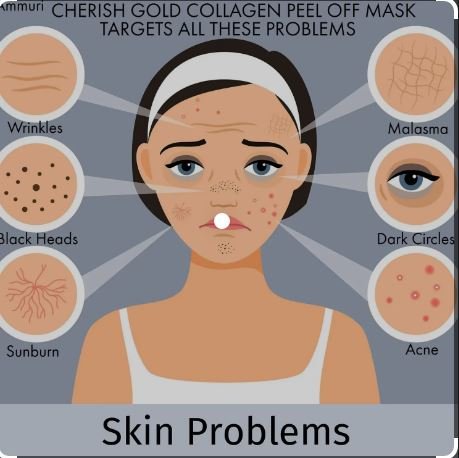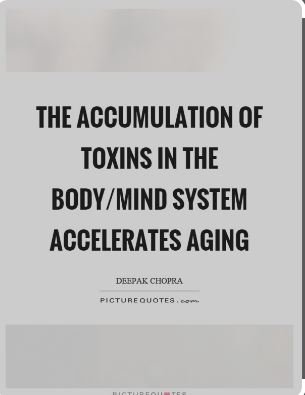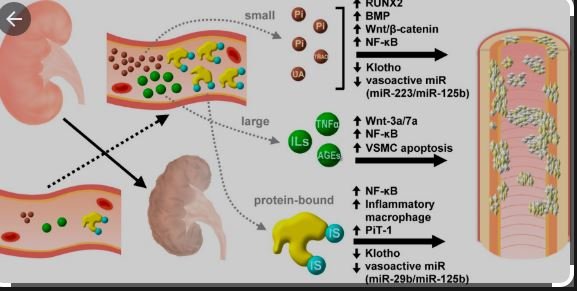AGING TOXINS IN OUR ENVIRONMENT
If you’ve ever seared a steak on a grill and watched a brown
crust develop, you’ve seen glycation at work. Browning
indicates the formation of exogenous (formed outside the
body) AGEs. This is known as the Maillard reaction. In
truth, the processing of food of any kind creates AGEs, but
dry, high-heat methods of cooking like barbecuing or
roasting are particularly promotive of AGE formation, and
processed meats (sausages and hot dogs, for example)
contain a higher amount than their more natural forms. The
safest cooking style involves moist heat, such as sautéing or
steaming. (Plants will contain fewer AGEs than meat,
regardless of cooking style.)
This may cause some to wonder if they should skip themeat altogether, but judging the health quality of a food
strictly by its AGE content would be a mistake. Broiled wild
salmon, for example, contains a considerable amount of
AGEs, and yet wild fish consumption has been associated
with healthy cognitive and cardiovascular aging in many
studies and trials. Additionally, many anthropologists
believe that it wasn’t just the consumption of meat but the
very act of cooking it that helped our ancestors to extract
more calories and nutrients from their food, allowing our
brains to reach their robust modern size. The safest way to
integrate meat products into your diet is to consume cuts
that are organic and grass-fed (or wild, if we’re talking fish),
which will ensure higher amounts of antioxidants, and to
use as little heat as possible (though, of course, you’ll need
to cook food thoroughly enough to avoid illness).
It’s also important to bear in mind that only between 10
and 30 percent of exogenous AGEs get absorbed into your
body. Antioxidant nutrients like polyphenols and fiber,
which are abundant in plant foods, can also neutralize these
aging toxins before they’re able to make it into your
system.
If you’d like to treat yourself to roasted chicken (a
fairly rich source of AGEs), for example, opting for a
heaping plate of dark leafy greens on the side might help
minimize the impact. This also helps broker a more pleasant
interaction between those AGEs and the trillions of bacteria
that reside in your gut—important players in your brain
function, as you’ll see.
Added Sugar: The Brain Bane
Added sugar has become one of the worst evils in our
modern food supply. Intended by nature to be consumed in
small amounts via whole fruit, where it’s packaged with
fiber, water, and nutrients, sugar has become the pervasive
addition to countless packaged foods and sweetened
beverages. Now, finally, nutrition labels in the United States
are mandated to list the amount of sugar added to products
—definitely not a cure-all, but a move in the right direction.
Whether the sugar is single-origin organic cane sugar,
brown rice syrup, or the industry darling high-fructose corn
syrup (HFCS), one thing is clear: the safest level of added
sugar consumption is zero
One of the dangers of sugar consumption is that it can
hijack our brain’s pleasure centers. Packaged foods with
added sugar usually taste “impossibly delicious” and cause
massive spikes of dopamine, a neurotransmitter involved in
reward. Unfortunately, the more we consume, the more we
require to reach the same threshold of pleasure. Sound
familiar? It should: sugar, in the way it stimulates the release
of dopamine, resembles drugs of abuse. In fact, in animal
models, rats prefer sugar over cocaine—and rats really like
cocaine.
To borrow a term from Sigmund Freud, rodents are all id
— meaning they give in to their cravings. They don’t have
responsibilities (at least in the human sense), and they
certainly don’t have to worry about looking good in bathing
suits. This is why rat studies are an important part of
understanding how food—and in particular sugar—affectsour behavior. From rats we’ve learned, for example, that
fructose in particular may promote its own consumption.
When rats were fed the same number of calories from either
fructose or glucose, glucose (like potato starch) induced
satiety (a feeling of fullness). Fructose, on the other hand,
actually provoked more feeding—it somehow made the rats
hungrier. The lesson to be inferred is that sugar, and perhaps
especially fructose, may actually be causing you to overeat
(more on this below).
These insights are crucial, because we tend to feel guilty
when we go through an entire bag of chips (or pint of ice
cream, or box of cookies). Been there? Me too. What
nobody tells us as we peruse the aisles lined with air pumped bags of bliss is that these foods are literally
engineered to create insatiable overconsumption, designed
in labs by well-paid food scientists to be hyper-palatable.
Salt, sugar, fat, and often wheat flour are combined to
maximize pleasure, driving your brain’s reward system to an
artificial “bliss point” that simulates the addictive properties
of controlled substances. Remember the famous slogan
“Once you pop, you can’t stop”? It’s now a truism with
scientific backing.
Foods Uniquely Designed to Screw Up Your
Brain
Bagels
Biscuits
Cake Cereal
Milk chocolate/white chocolate
Cookies
Energy bars
Crackers
Doughnuts
Muffins
Pastas
Pastries
Pies
Granola bars
Pizza
Pretzels
Waffles
Pancakes
White bread
Milkshakes
Frozen yogurt
Ice cream
Batter
Gravy
Jams
Jellies
Fries
Chips
Granola
Take care of the Earth and transport your meals in these durable, stretchable storage boxes. Microwave, dishwasher, oven & freezer safe.
https://sites.google.com/view/delione-flex-n-fresh-container/home



